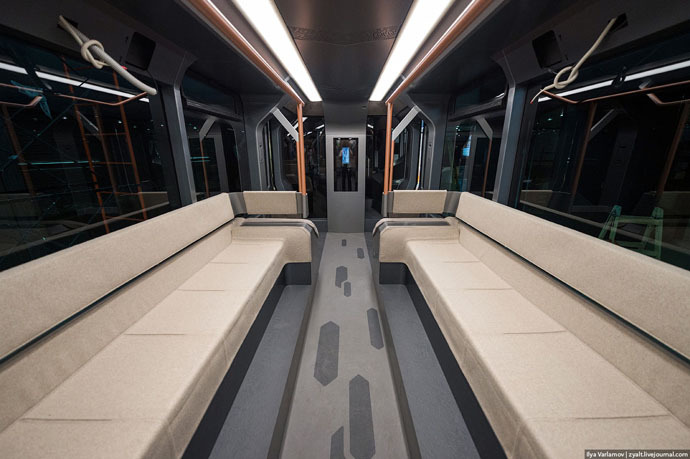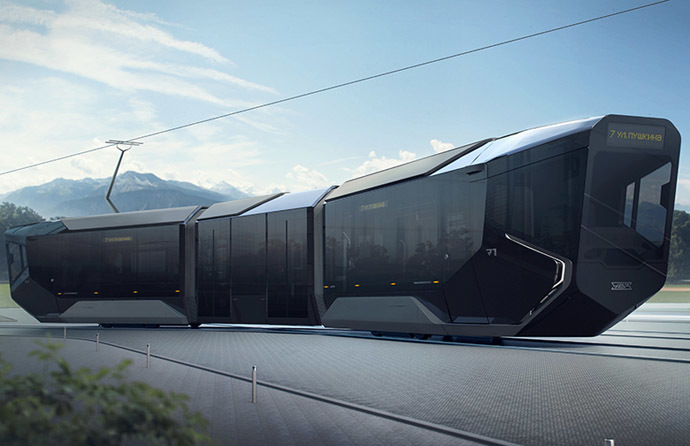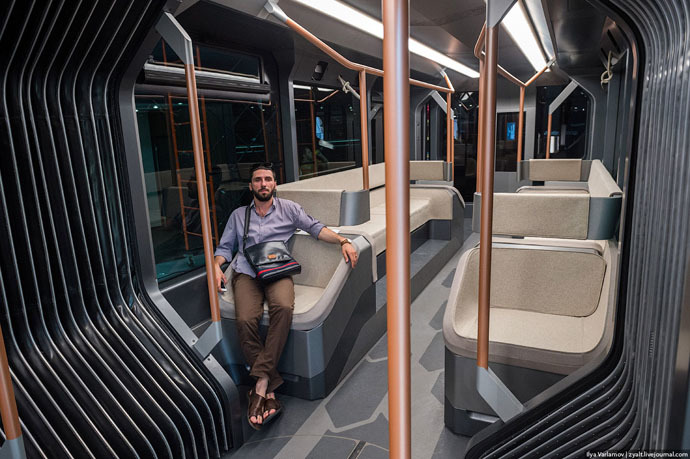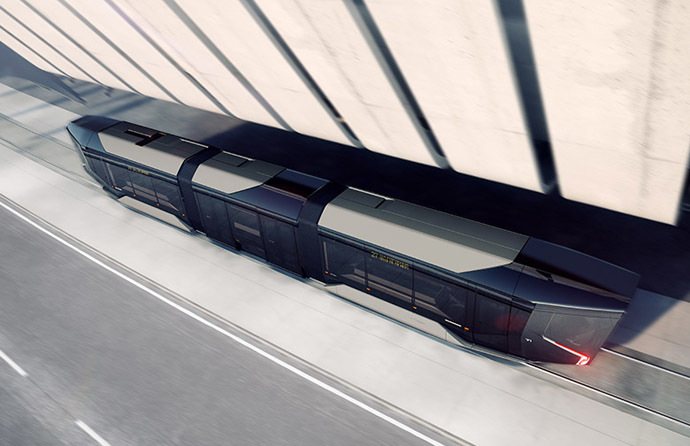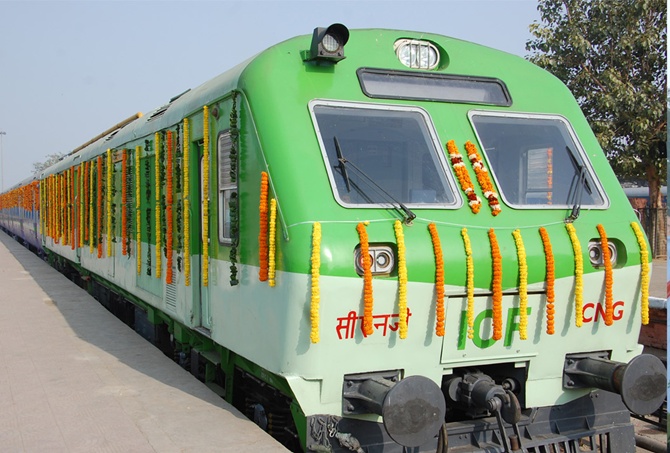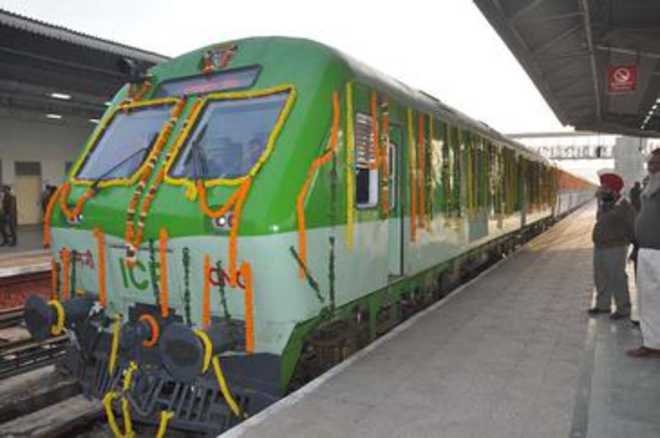PAKISTAN BLACKLISTS CHINESE LOCO FIRM
As PML-N chief Nawaz Sharif, after being elected leader of the house, was unveiling his plan in parliament to improve rail and road links with China, the ministry of railways was blacklisting a Chinese firm that was to supply it 75 locomotives under an agreement signed in 2008.
Mr Sharif informed the house that during the last month’s visit of Prime Minister Li Keqiang, he (Sharif) discussed a proposed plan to build rail and road links from Kashgar to Gwadar port with the Chinese leader.
Contrarily, the ministry was informing the Chinese firm: “As you have failed to fulfil the contractual obligations against the subject contract, you are hereby blacklisted till further orders,” through a letter (No DP/75 DEL/2012, dated June 5, 2013).
“The transition of power was underway and the ministry made the policy decision it was not authorised to,” a source in the railways ministry told Dawn on Tuesday. The `Buyer credit loan agreement No BLA 0922’ was singed on Dec 14, 2009, between the Export-Import Bank of China as lender and Ministry of Railways, Government of Pakistan, as borrower, in order to execute an agreement signed between Islamabad and Beijing for the provision of 75 locomotives to the Pakistan Railways on credit basis.
Quoting the agreement, the source said Pakistan Railways (PR) had given the undertaking that all governmental approvals had been obtained and that railways would not cancel or terminate the 75 locomotives contract signed in 2008, without prior consent of China Exim Bank in black and white.
“During the caretaker set up, some elements in the ministry got an opportunity to materialise their nefarious design to annoy a time-tested friend China while ignoring the diplomatic and economic repercussions of the move,” said the source.
PR had entered into several agreements with Chinese railway companies for its development and modernisation of its outdated system. In 2001, PR signed a $91.89 million contract with China National Machinery Import and Export Corp for the manufacture of 175 new high-speed passenger coaches. Exim Bank China funded the project on a supplier credit basis.
Under a transfer of technology (ToT) agreement signed with China in 2003, Pakistan Railways procured 69 locomotives that were assembled at its Risalpur locomotive factory. The locomotives were purchased on suppliers' credit basis with funding provided by Exim Bank China through the Dongfang Electric Corporation.
“The coaches and locomotives provided by China on credit basis are being utilised to operate mail and express trains on Rawalpindi-Lahore-Karachi, Lahore-Faisalabad and Rawalpindi-Quetta sections of the PR.
“In fact, more than 70 per cent of the rail traffic -- both passenger and freight -- on the Karachi-Peshawar main line is being hauled by locomotives delivered to the PR by the Chinese firm that was black-listed,” said the source
As PML-N chief Nawaz Sharif, after being elected leader of the house, was unveiling his plan in parliament to improve rail and road links with China, the ministry of railways was blacklisting a Chinese firm that was to supply it 75 locomotives under an agreement signed in 2008.
Mr Sharif informed the house that during the last month’s visit of Prime Minister Li Keqiang, he (Sharif) discussed a proposed plan to build rail and road links from Kashgar to Gwadar port with the Chinese leader.
Contrarily, the ministry was informing the Chinese firm: “As you have failed to fulfil the contractual obligations against the subject contract, you are hereby blacklisted till further orders,” through a letter (No DP/75 DEL/2012, dated June 5, 2013).
“The transition of power was underway and the ministry made the policy decision it was not authorised to,” a source in the railways ministry told Dawn on Tuesday. The `Buyer credit loan agreement No BLA 0922’ was singed on Dec 14, 2009, between the Export-Import Bank of China as lender and Ministry of Railways, Government of Pakistan, as borrower, in order to execute an agreement signed between Islamabad and Beijing for the provision of 75 locomotives to the Pakistan Railways on credit basis.
Quoting the agreement, the source said Pakistan Railways (PR) had given the undertaking that all governmental approvals had been obtained and that railways would not cancel or terminate the 75 locomotives contract signed in 2008, without prior consent of China Exim Bank in black and white.
“During the caretaker set up, some elements in the ministry got an opportunity to materialise their nefarious design to annoy a time-tested friend China while ignoring the diplomatic and economic repercussions of the move,” said the source.
PR had entered into several agreements with Chinese railway companies for its development and modernisation of its outdated system. In 2001, PR signed a $91.89 million contract with China National Machinery Import and Export Corp for the manufacture of 175 new high-speed passenger coaches. Exim Bank China funded the project on a supplier credit basis.
Under a transfer of technology (ToT) agreement signed with China in 2003, Pakistan Railways procured 69 locomotives that were assembled at its Risalpur locomotive factory. The locomotives were purchased on suppliers' credit basis with funding provided by Exim Bank China through the Dongfang Electric Corporation.
“The coaches and locomotives provided by China on credit basis are being utilised to operate mail and express trains on Rawalpindi-Lahore-Karachi, Lahore-Faisalabad and Rawalpindi-Quetta sections of the PR.
“In fact, more than 70 per cent of the rail traffic -- both passenger and freight -- on the Karachi-Peshawar main line is being hauled by locomotives delivered to the PR by the Chinese firm that was black-listed,” said the source























